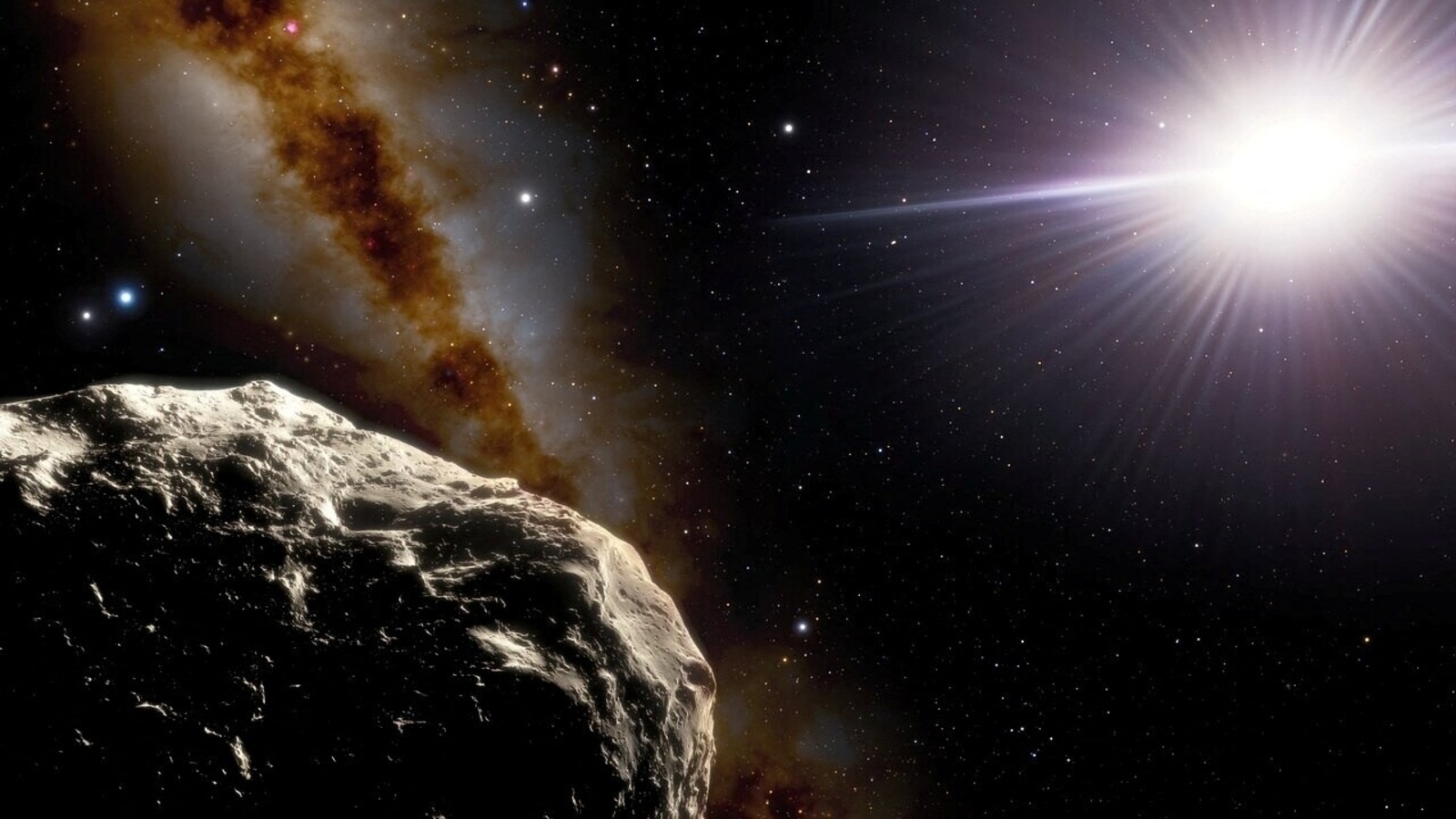NASA: Asteroids speeding towards Earth this Valentine’s day
According to NASA, asteroids are hurtling towards Earth for a Valentine’s Day rendezvous. Do they pose any risk? Know what NASA said.
When people will be enjoying their Valentine’s day dates, there will be quite a spectacular speculation up in the sky. Couples can certainly look up, but they will not see it. The spectacle, according to NASA, consists of two asteroids and they will likely make a close approach to the Earth on valentine’s day itself. This has been revealed by NASA asteroids watch. The space agency, NASA, which keeps an eye on the asteroids coming close to the Earth confirmed that as many as 2 asteroids will be making a close approach to Earth. This will happen in the early hours of February 14. The largest space rock among them, named 2022 CF3, will rocket past Earth at a distance of 1.5 million miles, NASA has calculated the approximate size of the asteroid at around 87 feet, almost as big as an airplane. Though this may seem quite far away, the distance is not that much in terms of space, hence NASA has flagged it as a ‘close approach’ to Earth.
The first Valentine’s Day asteroid would be traveling at a speed of about 9,000 miles per hour, NASA says. There is another one, which is not that large but a house-sized asteroid of the approximate size of 64 feet named 2020 DF will also make its closest approach to Earth. This will be even farther than the first asteroid as it will be making its closest approach to Earth at about approx 2.8 million miles. If we see the distance between the moon and us, it is 238,900 miles.
Neither of these asteroids that will be making their close approaches to Earth on Valentine’s Day is considered to be large, and none of them pose any risk to Earth as they are expected to fly by harmlessly.
What are the Near-Earth objects?
Near-Earth objects (NEOs) include asteroids, meteoroids, and comets (NEO). Small asteroids can be spotted passing between Earth and Moon many times a month, according to NASA. But they are very small. Thousands of asteroids and dozens of comets are discovered every year, with some of them orbiting the inner solar system as near-Earth objects. NASA-funded astronomers closely monitor these NEOs, which already number over 28,000 and are growing every day, in case any of them pose a threat to our planet.
And how do we keep track of these asteroids?
For that, NASA’s Centre for Near-Earth Object Studies keeps track of asteroids that have the potential to collide with the Earth. NASA tracks almost 1,000 asteroids that have passed close to Earth since 1968. NASA has also mapped 27,323 asteroids that can potentially pass near Earth. This asteroid number seems huge but NASA says that none of them pose a significant risk to Earth for at least over the next 100 years.
However, there are many blind spots, especially in the direction of the Sun that can cause nasty surprises. Also, if something disturbs the flight path of these asteroids and causes them to change direction, then too, they can become a threat to Earth.
For all the latest Technology News Click Here

